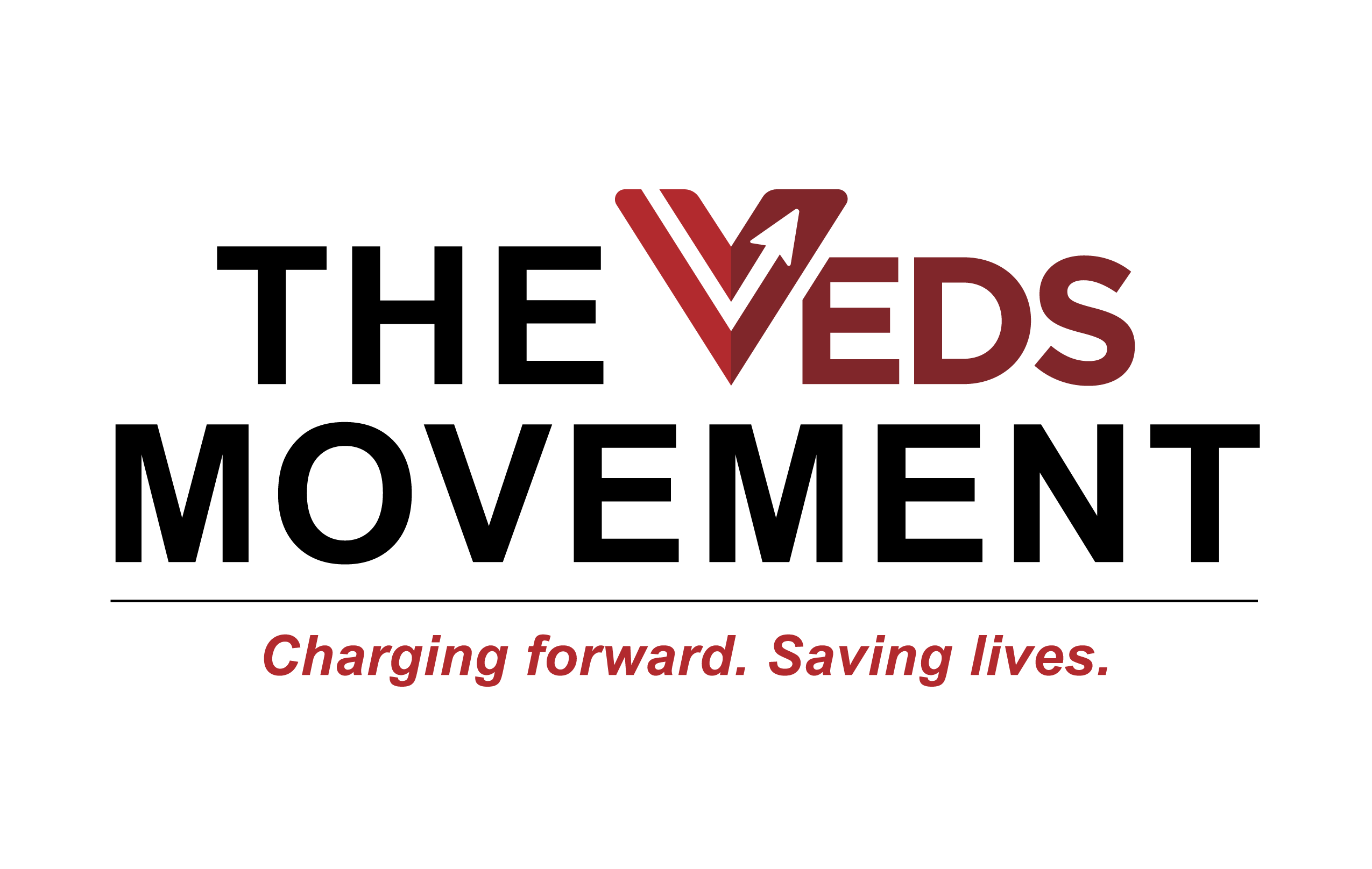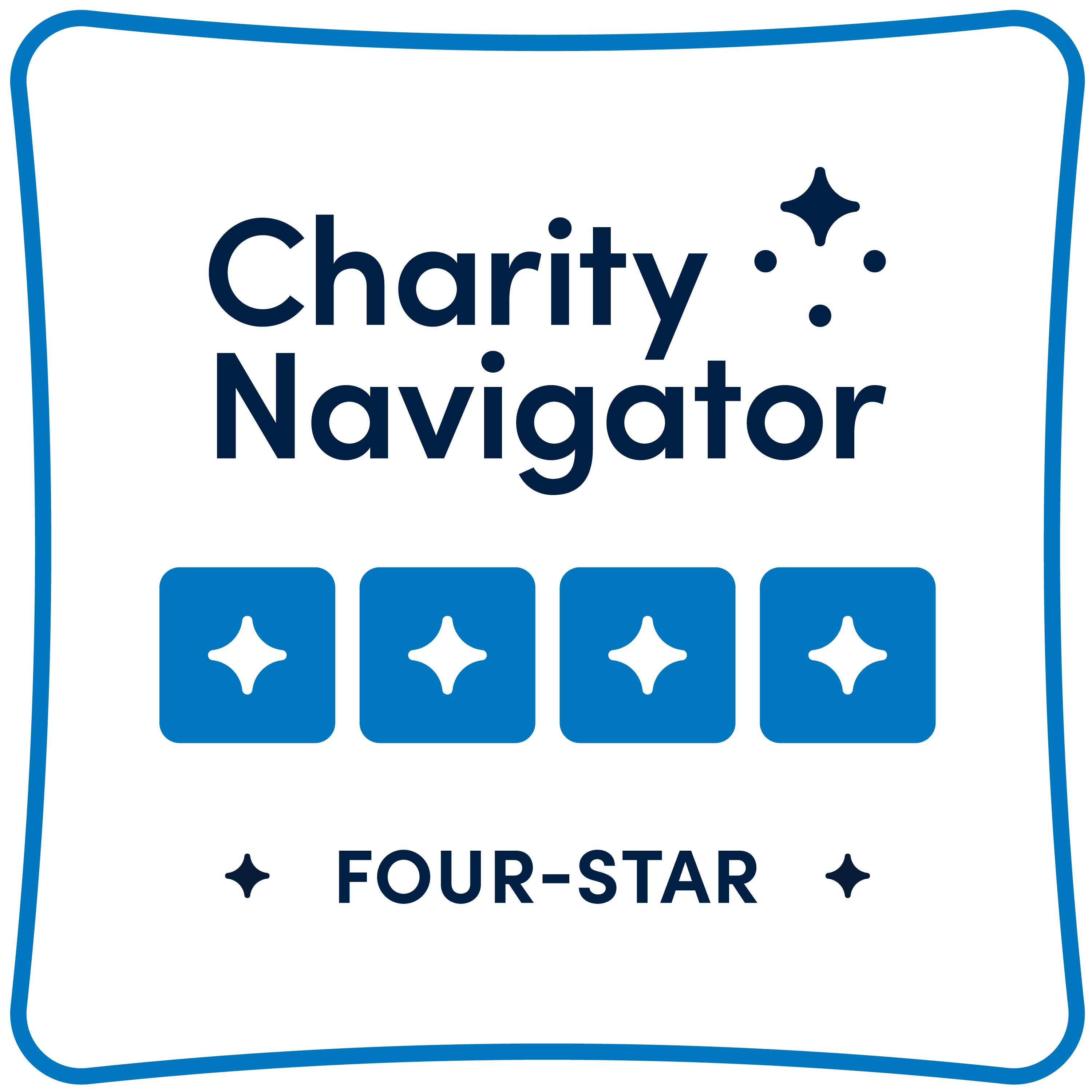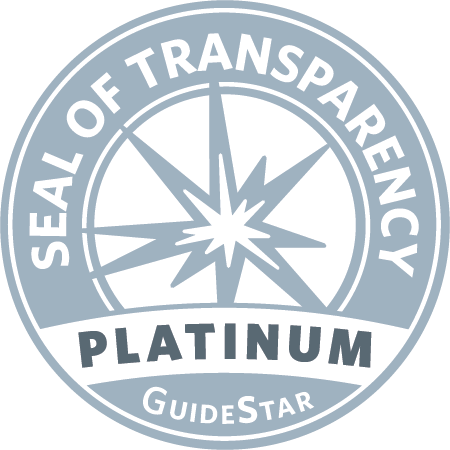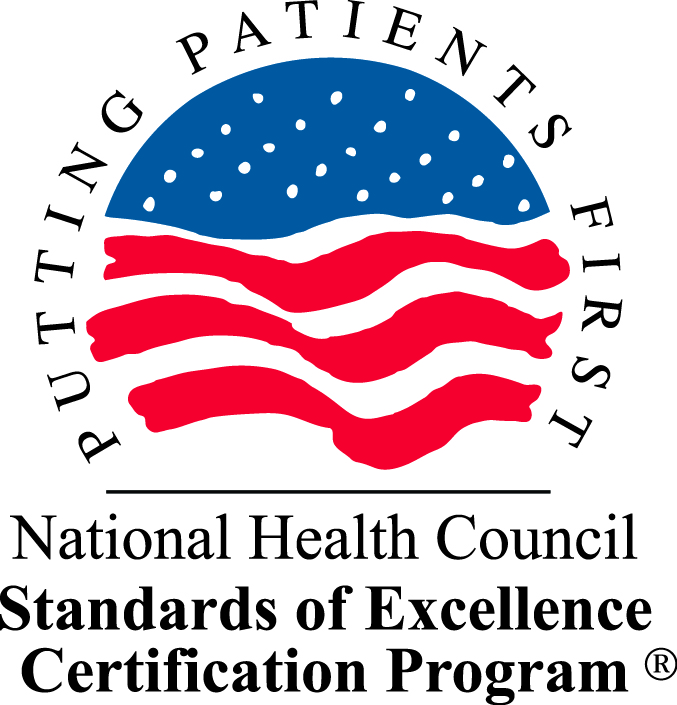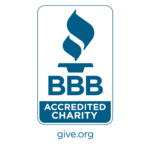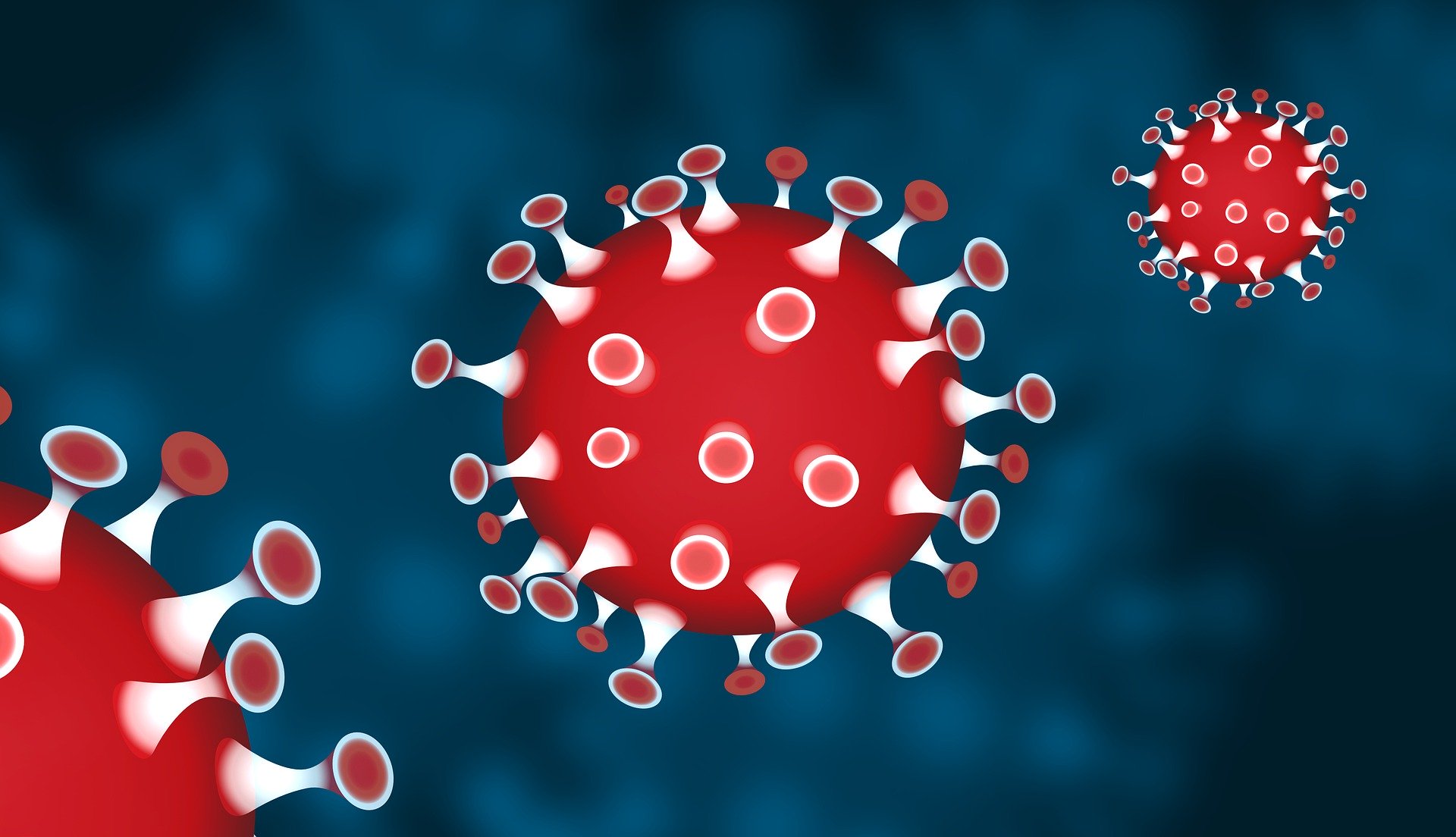
With the anticipated spread of the novel coronavirus, COVID 19, in the United States, The VEDS Movement, in collaboration with members of our Professional Advisory Board, would like to echo some of the Center for Disease Control (CDC) guidance regarding the virus for the Vascular Ehlers-Danlos Syndrome (VEDS) community. We are monitoring the risks associated with COVID 19 and, if we see any changes that directly impact the Vascular EDS community, we will provide updates on our website, thevedsmovement.org.
COVID 19 and VEDS
There is currently limited data on underlying conditions that may cause a worse outcome with this virus. It is thought that people with underlying conditions like cancer, diabetes, chronic respiratory illness, and other conditions may be prone to more serious complications.
Information from the CDC
The following information was obtained from CDC’s website.
How COVID 19 spreads
According to the CDC, the COVID 19 virus is thought to spread person-to-person, between people who are in close contact with one another (within about 6 feet), or through respiratory droplets produced when an infected person coughs or sneezes.
It may also be possible to contract the virus by touching a surface or object that has the virus on it, and then touching the mouth, nose, or eyes.
Symptoms
Symptoms may appear 2-14 days after exposure, and include fever, cough, and shortness of breath.
Prevention
There is currently no vaccine to prevent COVID 19. The CDC recommends the following precautions to help prevent the spread of respiratory diseases:
- Avoid close contact with people who are sick
- Avoid touching your eyes, nose, and mouth
- Stay home if you are sick
- Cover your cough or sneeze with a tissue, and then throw the tissue away
- Clean and disinfect frequently touched objects/surfaces
- Wash your hands often with soap and water for at least 20 seconds, especially after going to the bathroom, before eating, and after blowing your nose, coughing, or sneezing
Face masks
- CDC does not recommend that people who are not sick wear a facemask to protect themselves from COVID 19.
- Facemasks should be used by people who show symptoms of COVID 19 to help prevent the spread of the disease to others. This is crucial for health workers and people who are taking care of someone in close settings.
Treatment for flu and upper respiratory illnesses:
- Seek medical attention to get appropriate testing.
- To keep your blood pressure in check, avoid over-the-counter decongestants and multisymptom cold remedies that contain decongestants — such as pseudoephedrine, ephedrine, phenylephrine, naphazoline and oxymetazoline.
- If your physician thinks that your respiratory symptoms could be helped by antibiotics, do not take fluoroquinolones a commonly prescribed class of antibiotics. These drugs should not be used in people with certain genetic conditions which are associated with aortic aneurysms and dissections such as VEDS. The antibiotics in this class are: Avelox, Cipro, Factive, Levaquin, and Ofloxacin.
- Choose a cold medication designed for people who have high blood pressure. Some cold medications don’t contain decongestants. However, these medications may contain other powerful drugs, such as dextromethorphan, that can be dangerous if you take too much. Follow the dosing instructions carefully.
- Take a pain reliever such as acetaminophen to relieve a fever, sore throat or headache or body aches.
- Use saline nasal spray. To relieve nasal congestion, try saline nasal spray. The spray can help flush your sinuses.
- Soothe your throat. To relieve a sore or scratchy throat, gargle with warm salt water or drink warm water with lemon juice and honey.
- Drink plenty of fluids. Water, juice, tea and soup can help clear your lungs of phlegm and mucus.
- Increase the humidity in your home. Use a cool-mist humidifier or vaporizer to moisten the air, which may ease congestion and coughing.
- Get plenty of rest. If you’re not feeling well, take it easy.
